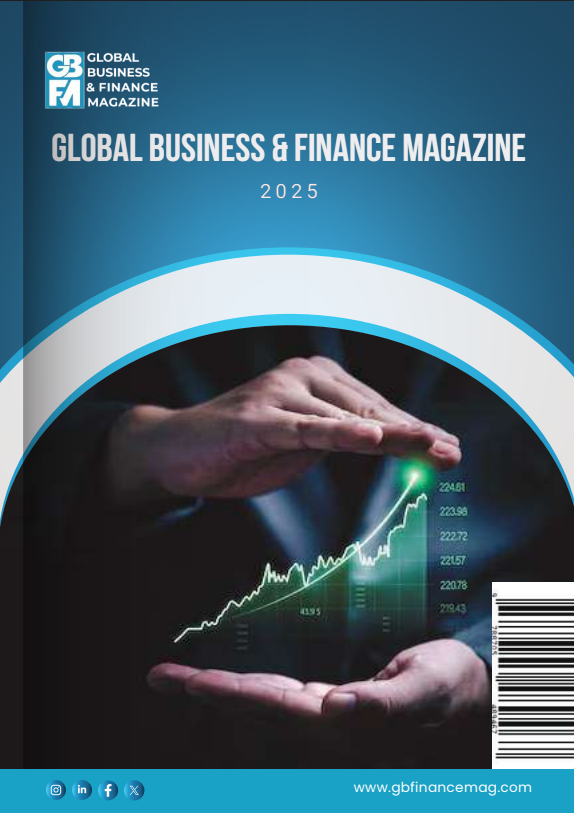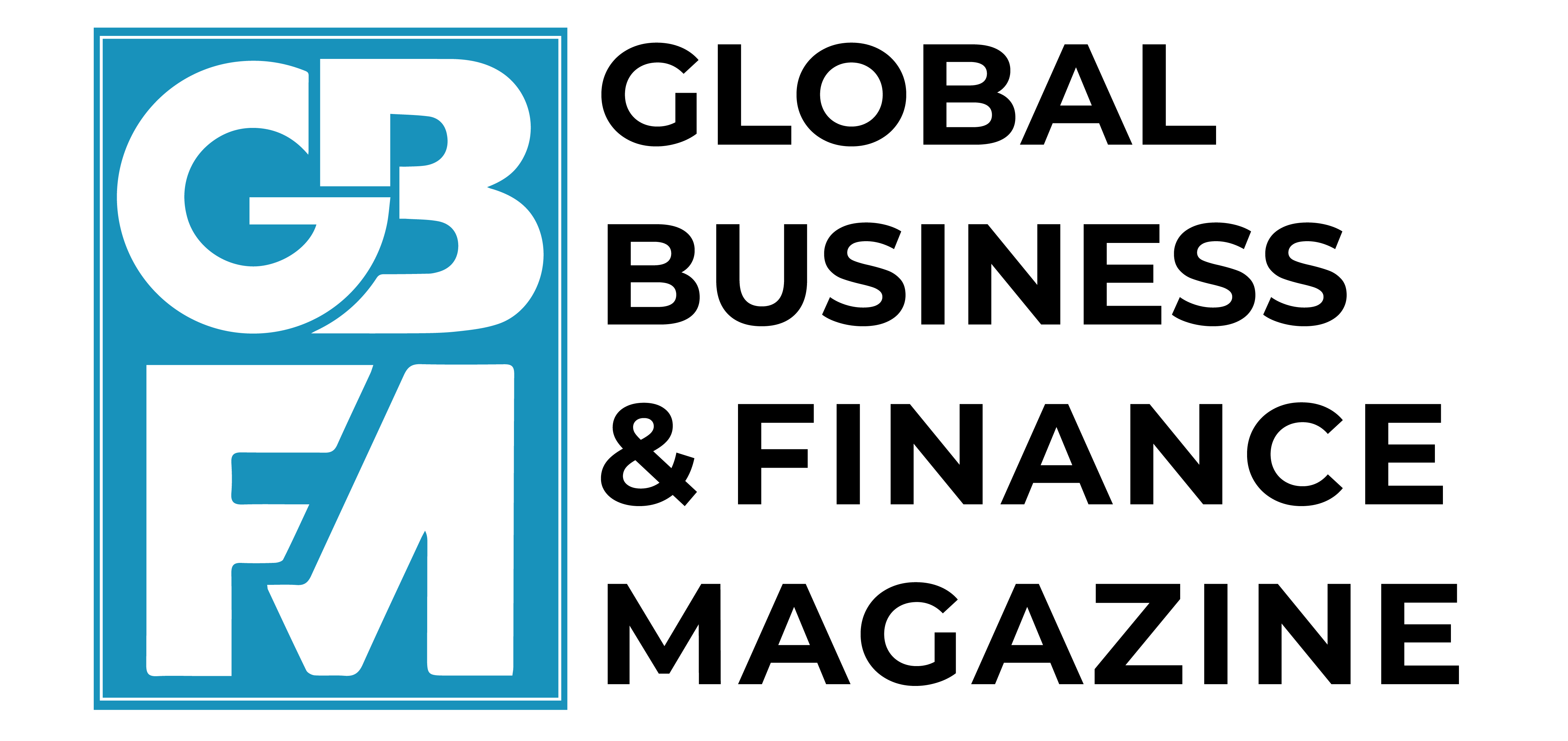Economic research often treats tools such as tariffs, subsides, interest rates, monetary policy, and austerity measures as gender neutral. This column argues that when sex-disaggregated data and gender analysis are missing from models and policy decisions, the result is incomplete economic analysis and inequitable outcomes. What’s missing from economics isn’t just women’s voices, but women’s realities.
We need more women in economics. The gender gap in the field is undeniable – especially as we move up the ranks. But representation alone isn’t enough. We must also confront the false neutrality drilled into economic thinking itself and acknowledge that economics is not gender neutral. Policy isn’t either. And when only men are shaping the questions and the models, the outcomes reproduce inequality – even when they appear technocratic or objective.
Take trade policy. Often treated as a domain of hard numbers and abstract models, it has deeply gendered effects. Tariffs can hit women disproportionately – both in countries where they dominate labour-intensive export sectors and where women are overrepresented among low-income consumers, single heads of households, and small-scale entrepreneurs. Yet traditional trade analysis continues to ignore these dynamics. When half the global population is left out of the equation, policy doesn’t just miss the mark – it deepens inequality (Mehta 2023).
This isn’t simply ‘theoretical’. Women workers in global supply chains are affected as the sectors impacted by the tariffs like textiles, electronics assembly etc. employ large numbers of women, especially in China (Wang 2024) and Southeast Asia. When tariffs reduce demand for these imports, factories close or cut jobs, it is often women in precarious, low-wage positions who lose out first. They don’t just lose income, they lose access to health care, childcare, and social protections tied to employment.
Moreover, tariffs mean higher prices on imported goods. These hit women harder as consumers (Opoku-Agyeman 2025). A tariff on a car part or an appliance like washing machine may seem gender-blind – but when that cost falls on a single mother juggling rent, groceries, and gas, it becomes anything but. Yet economic forecasts rarely account for how policy multiplies time burdens or exacerbates care deficits.
Beyond trade, seemingly ‘neutral’ tools like subsides, interest rates, monetary policy (Profeta et al. 2018), and austerity measures ripple through economies and supply chains in ways that affect women differently. When central banks raise interest rates to combat inflation, it slows job growth in the service sectors where women are overrepresented (Tavares et al. 2021). Austerity measures disproportionately harm women (ActionAid 2022). It leads to cuts in healthcare, education, and social services – areas where women are both key providers and primary users. This fiscal policy may look ‘efficient’ on paper, but it can devastate the safety nets that sustain women’s economic participation. Many pension schemes reward uninterrupted, full-time employment – ignoring caregiving breaks and part-time work. As a result, women retire with less (Scholer and Pătulea 2024), despite often having contributed more through unpaid labour. Platform-based labour markets are marketed as meritocratic ‘gig’ economies (Pan et al. 2025), yet gendered barriers persist – fewer women have access to digital infrastructure, and algorithmic bias can penalise caregivers who can’t meet rigid gig deadlines. When it comes to accessing finance, while research shows that women-led firms are not less profitable or riskier than those led by men, they face discrimination in credit allocation, leading to capital misallocation (Grover and Viollaz 2025). Climate finance often overlooks gendered vulnerability (Grown et al. 2024). Carbon pricing – a staple of modern climate policy – can burden women in low-income households who lack affordable energy alternatives. The majority of migration and labour research doesn’t consider the fact that women are less mobile (Deshpande 2023), and few discuss the impact of forced displacement of women (Solmone and Frattini 2022).
Economic research often treats these issues as gender neutral. But in reality, it is male default: blind to unpaid labour (Deshpande 2023), caregiving responsibilities (Ilkkaracan 2024), and the lived experiences of women. When sex-disaggregated data and gender analysis (UNFPA 2014) are missing from trade models and policy decisions the result is incomplete economic analysis and inequitable outcomes. In short, it’s a bad policy.
Major economic frameworks – designed, historically, by men – evolved without questioning how their assumptions played out across gender lines. It is no wonder that many young women find economics disengaged from lived realities (Lundberg 2020). But this exclusion doesn’t just harm women – it makes the discipline itself weaker. When models fail to reflect how the economy actually functions, they produce flawed diagnoses and ineffective solutions.
In my work at the International Economic Association’s Women in Leadership in Economics (IEA-WE) initiative, I have had the privilege of amplifying the voices of women economists from around the world – many of whom are producing groundbreaking research that reflect their realities. From the effects of sovereign debt on the elderly women (Arunatilake 2024) to how extreme heat influences business loan defaults (Aguilar-Gomez 2024), their work surfaces overlooked angles and real-world costs that mainstream economic models often ignore. As more women study labour markets, a whole branch of literature (Deshpande and Singh 2024) has emerged – on female labour force participation rates (e.g. Kabubo-Mariara 2024, Almeida and Gonçalves 2024, Mahajan 2024, Wang 2024 and Pan et al. 2025) and the impact of motherhood (Berniell et al. 2023) – across the world.
The barriers are structural: women economists face both institutional constraints and gendered challenges that limit not only what research gets published, but what gets noticed and translated into policy. If this wasn’t hard enough, public opinion on the opinion of female versus male economists also differs. Here, credentials matter (Sievertsen and Smith 2025) – women experts need to have higher credentials to be able to influence public opinion. I cannot discuss this topic without highlighting the intersectional bias (Rodrik 2025) against women economists from developing countries and women of colour who face additional barriers. By making women economists work more visible, IEA-WE aims to reshape the global economic narrative. Because when policy is shaped without women, it fails them – and ultimately fails everyone.
So, the next time you’re in a conference room, hearing yet another panel dissect inflation, growth, or trade without a single gendered question – pause. What’s missing isn’t just women’s voices, but women’s realities. Gender is not a footnote; it must be a default variable. Until the rooms – the models – reflect the full spectrum of economic life, we will continue to misdiagnose the problem, and mistreat the solution.
Source : VOXeu



































































